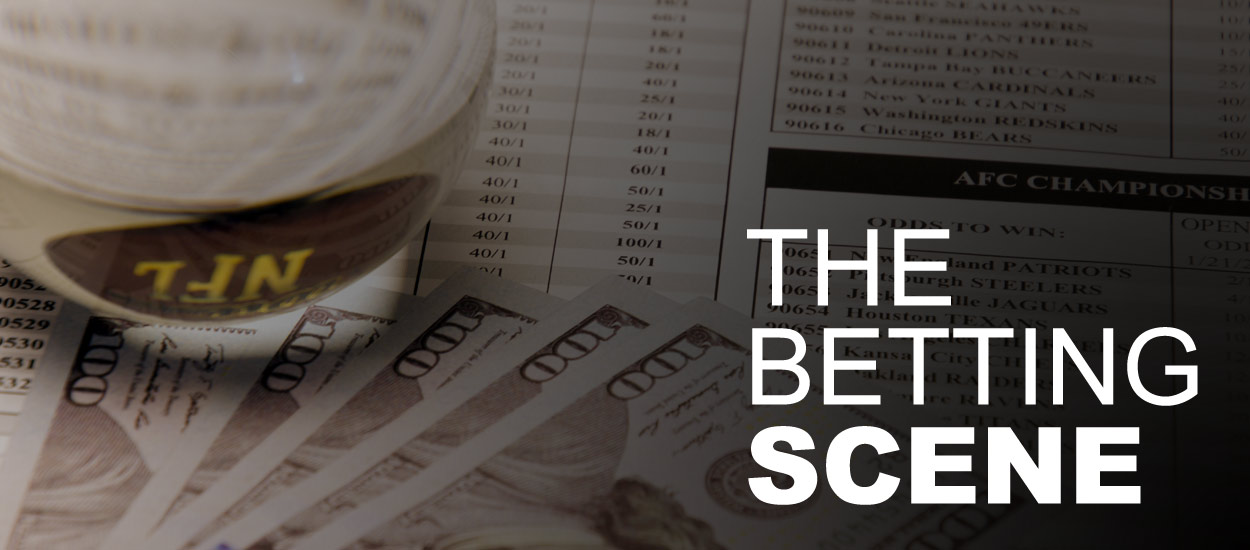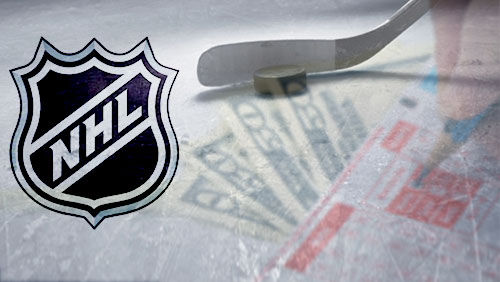The harsh reality to the art of the poker bluff is that it isn't going to work every time.
Sometimes your read is wrong and your opponent truly does have the goods. Other times, you didn't do a good enough job of selling it.
One of the best books out there in regard to the art of the bluff is Matt Lessinger's “Book of Bluffs” released in 2005. In it, he chronicles one of the more famous great bluffs caught in the cookie jar during the 2003 World Series of Poker with a documented hand vs. chip-leader Chris Moneymaker and Tomar Benvenisti.
With the help of the far-reaching lens of the ESPN cameras and its non-stop reruns of the Moneymaker phenomenon, the years have not been kind to Benvenisti. His bluff looks like a foolish chip dump that in a modern context defines donkey-poker, but that's a face-value assessment that falls short on logic.
Let's look into the action.
Five players remained in the Main Event with $2.5 million up for grabs to the champion. Moneymaker was sitting on the second-largest stack with $2.45 million, and Benvenisti was the short stack with $520,000 and the blinds set at $15,000-$30,000.
Benvenisti had about 17 big blinds in his stack, which was well beyond poker's “Mendoza line” of desperation that resides with a stack of 10 big blinds or less. His stack still contained an element of sting and maneuverability.
Dan Harrington raised the action to $90,000 in the cutoff position with a pair of fours, and Moneymaker called with As-2s on the button.
Benvenisti, recognizing that it was logical that Harrington was attempting to steal the pot and that Moneymaker was taking advantage of his position on the button, moved it all-in with an unsuited J-10.
Harrington folded immediately, and Moneymaker went into the tank for minutes before finally calling and opening the door up for the Ah-8c-8s flop of doom for Benvenisti.
The 9h hit on the turn, giving Benvenisti an open-ended straight draw. But another nine on the river sealed the hand for Moneymaker and vaulted the amateur into a chip lead that he wouldn't relinquish before winning the tournament.
According to Lessinger's analysis, Moneymaker called with the As-2s in a bad spot. Had he been up against any pocket pair or a bigger ace, the Tennessee accountant would have been a 2-1 underdog in those positions. It was logical that Benvenisti exceeded that range in every logical scenario.
And even if Moneymaker truly believed that the ace-high was the best hand at the time, it's only a 60-40 favorite against any hand that had two cards higher than a two.
Moneymaker got extremely lucky when Benvenisti turned over his holding, but the numbers would show that Moneymaker's call is a long-term loser.
In later ESPN interviews, Moneymaker said he picked up on awkward physical behaviors by Benvenisti that helped provide the information needed to make the call. I call it the benefit of the fortuitous outcome.
Benvenisti's bluff was precisely the right play at the right time.
This is a reprint from mysanantonio.com. To view the original, click here.







































